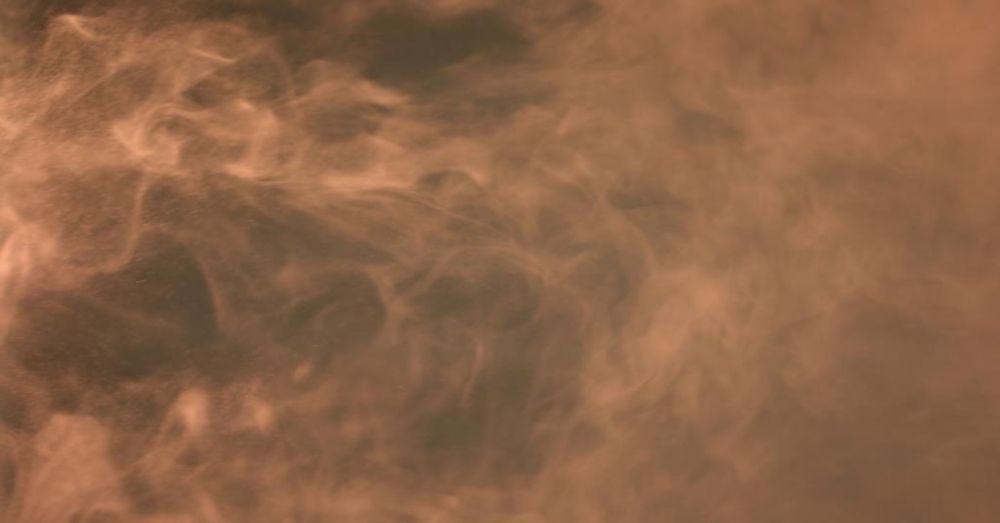Bryan Kudisch
@bkudisch.bsky.social
310 followers
220 following
34 posts
Assistant Prof. @ChemistryFSU, specializing in the ultrafast photochemistry of next-gen photoreagents. Redefining "bandwidth" in physical chemistry. Kudischlab.com
Posts
Media
Videos
Starter Packs
Bryan Kudisch
@bkudisch.bsky.social
· Jun 5
Bryan Kudisch
@bkudisch.bsky.social
· Jun 5

Ultrafast nonradiative relaxation limits the efficiency of photoinduced bond homolysis in molecular LMCT photocatalysts
Ligand-to-metal charge transfer photocatalysts (LMCT PCs) are being increasingly implemented towards construction and functionalization of organic molecules. Leveraging photoinduced metal-ligand bond ...
chemrxiv.org
Bryan Kudisch
@bkudisch.bsky.social
· May 26
Bryan Kudisch
@bkudisch.bsky.social
· Apr 18
Bryan Kudisch
@bkudisch.bsky.social
· Mar 14
Bryan Kudisch
@bkudisch.bsky.social
· Feb 23
Bryan Kudisch
@bkudisch.bsky.social
· Feb 8
Bryan Kudisch
@bkudisch.bsky.social
· Jan 19
Bryan Kudisch
@bkudisch.bsky.social
· Jan 15










